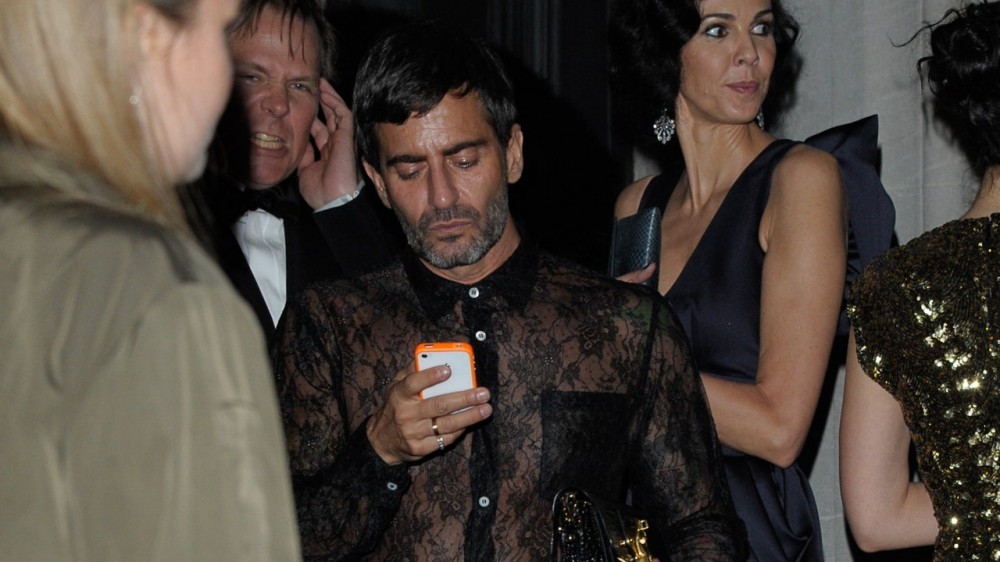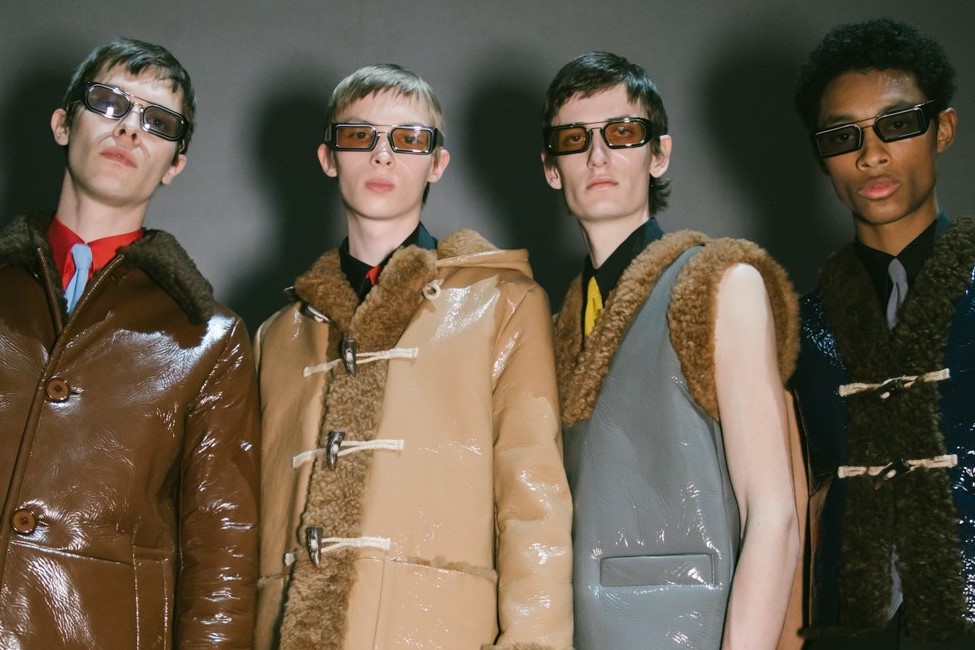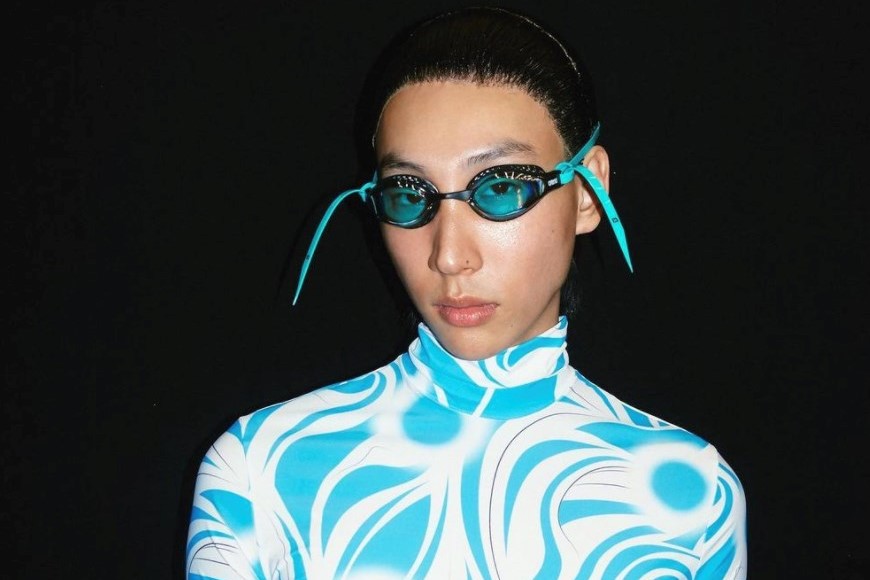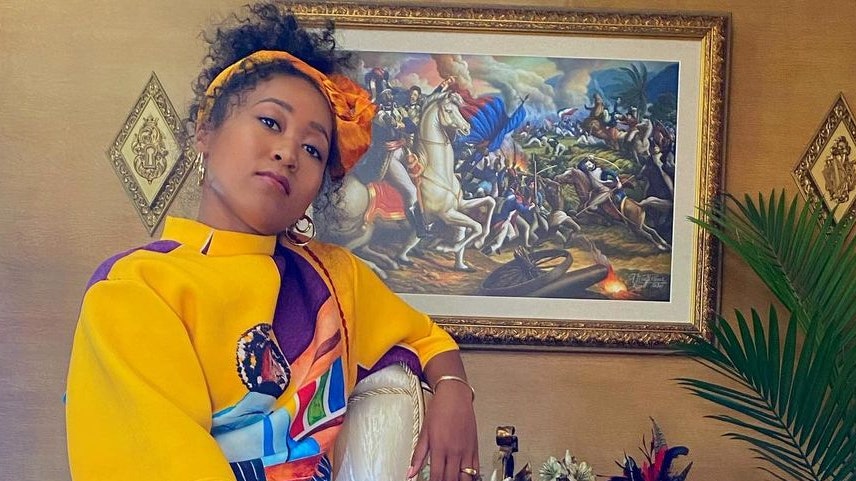
On Traditional Masculinity and the Bizarre Hullabaloo About a Man in a Dress
Another week, another spat on Twitter. We do like a little tweet-off, don’t we? The righteousness, the ridicule, the retweeting with comment. When chained indoors (sorry to remind you of that again) a tweet royale is the closest some of us come to feeling alive, loudly tapping pious retorts and edging closer to sainthood. On the internet in particular, we find ourselves swinging between two poles, angered or mollified. We are Team Jolie or Team Aniston. The Electoral College or the popular vote. Anti-vaxxers or normal, rational, scientifically minded people. And the polarizing question on everybody’s lips this week, the issue burning at our fingertips? Is a man in a dress still a man?
Gender was thrust back into the global conversation with Harry Styles blowing up balloons as the first solo male cover star of Vogue. For anyone of a nervous disposition, whose very core is shaken by blurred gender lines, here’s a trigger warning: Styles is wearing a dress. Few of us were left clutching our pearls at the cover, but some of my favorite online muck spreaders have called the cover “an outright attack” on traditional values and the annihilation of gender as we know it. The “steady feminization of our men” is an aberration, they say. Between HIIT sessions of The Crown and acclimatizing my thumb to the heart at the top of my Instagram page, I’ve been thinking about what it is about men that traditionalists are getting their knickers (or boxers, or whatever gender-conforming undergarments they wear) in a twist over.
They want men to be men, I suspect, but not on a spectrum of masculinity, more of a concentrated laser beam. They want a sort of textbook maleness, blueprinted in the late ’50s, seeped through with testosterone and housewives. They want their men cartoonishly muscular, drinking six-dozen eggs like Gaston. The “I’ll Make a Man out of You” montage in Mulan. They want Leonardo DiCaprio fighting a bear and sleeping in the carcass of a horse. Their women, one assumes, need to be docile and discreet damsels, privately sexual but publicly demure, ready to be gobbled like Nigella puddings. Traditionalists don’t want to cross the streams of archaic gender, like mixing the dips at a Christmas party. I’m keen to know where they stand on culottes or the kilt or hair below the earlobe, but like Fashion Week, it’s all about dresses.
A traditional man, if influenced into dress-dressing, is somehow less potent, weaker, and this of course trickles down into sex. We’re all caught up in a debate of whether trousers maketh the man, but it’s really an issue of who we are under our clothes. It’s hard not to feel completely glib about the narrative of traditional masculinity; it’s so inhibitive and restrictive, and yet legions of men and women are clinging onto it, measuring all interactions by a rule of masc. Traditionalists don’t want the gender neutrality of Switzerland, they don’t want a referendum on masculinity, they don’t want men in dresses.
To be frank, I’m surprised it was such a divisive issue. I appreciate the copious nuances of being a man, but if we just look at the big picture—the omnipresent patriarchy, the rising levels of domestic violence, the sexual assault allegations against the actual president—a man in a dress seems quite far down the pecking order in terms of stuff to get riled up about. Of course, the cover speaks to deeper ideas within gender politics, the hypersexualized modern world, the imbuing of private and public. In the meantime, enjoy the dresses.



